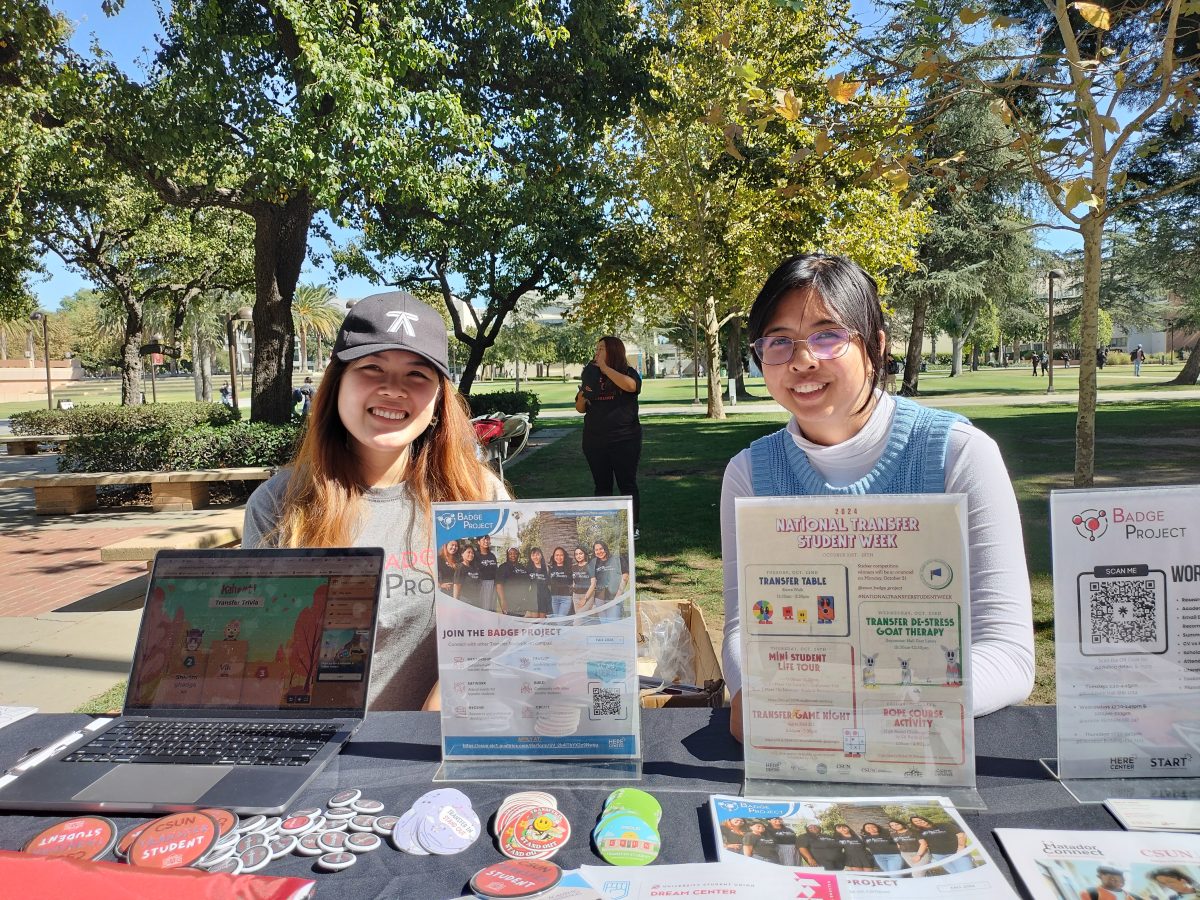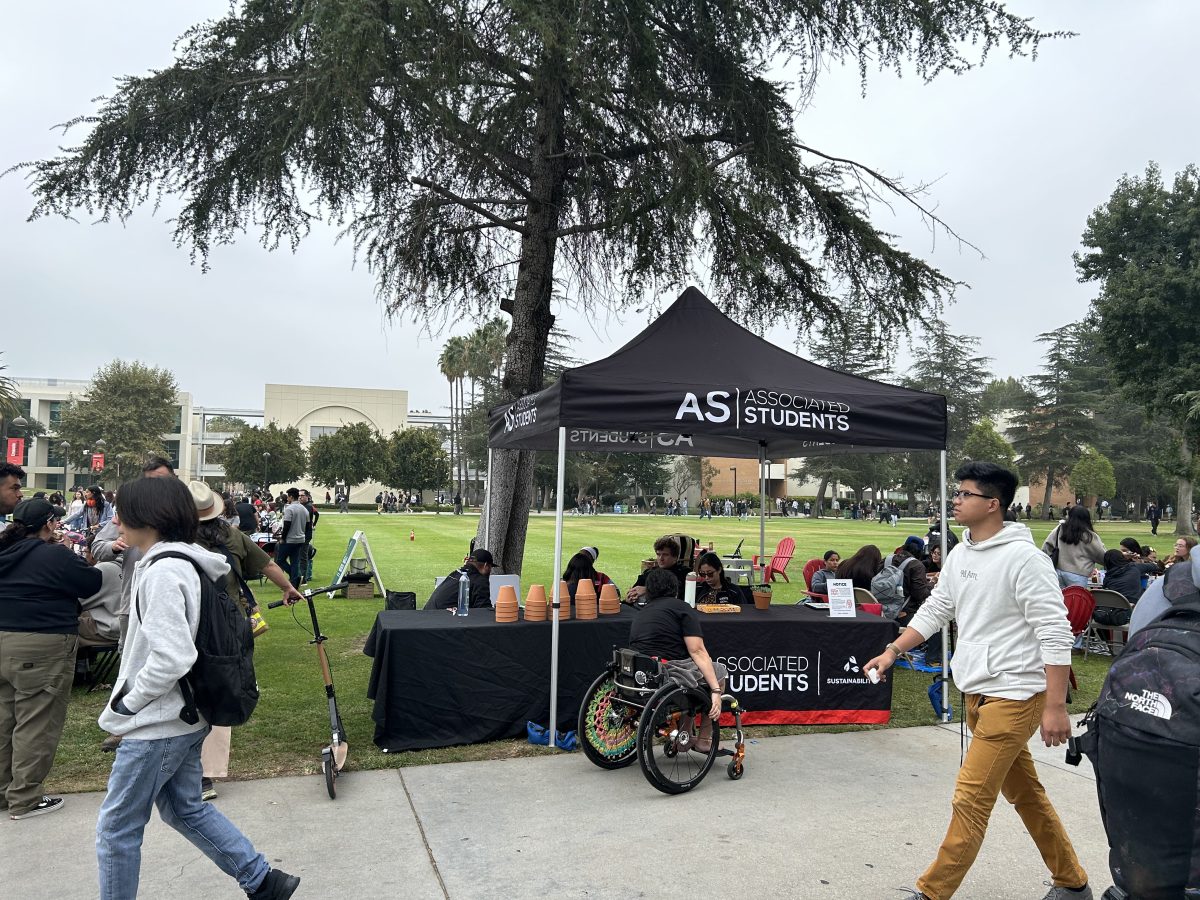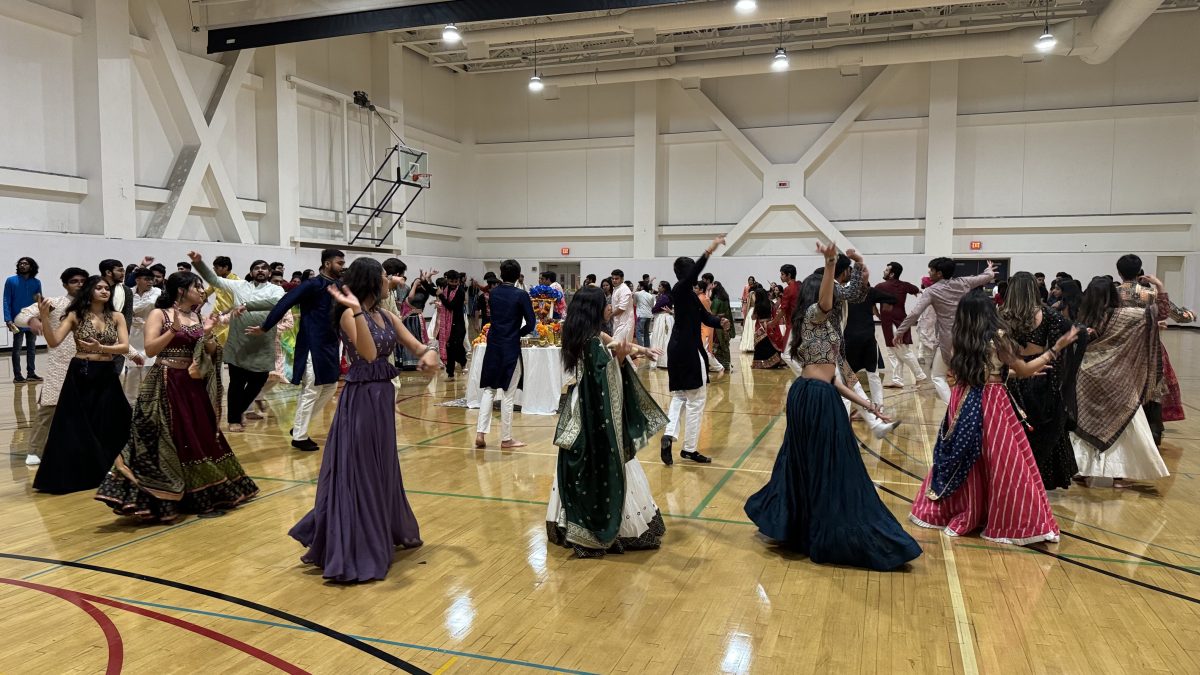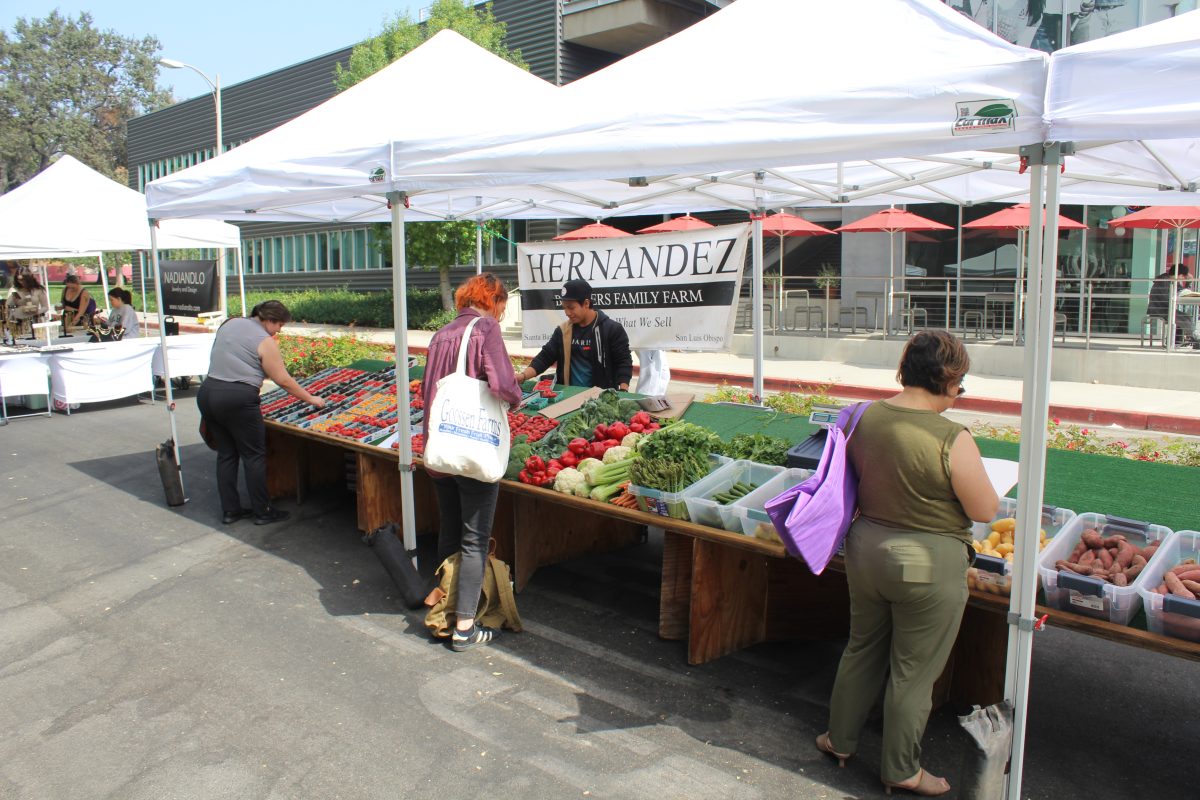Black and Latina/o communities have many similarities in immigration, three guest speakers said during the “Black and Latina/o Migrant Relations” presentation Monday night.
According to the presenters, the struggles of these two ethnic groups have been very similar, and recognizing these similarities can help end immigration and civil rights injustices.
Rhonda V. Magee, law professor at the University of San Francisco, said similarities in immigration between black and Latina/o groups began at the start of American history with the institution of slavery.
“(America has) relied forever on a subordinated lower class that has been racially marked,” Magee said. “Our whole standard of living has been built upon this subordinated population and then denying them full participation in the political community.”
As African-Americans gained citizenship in the U.S., this subordination moved on to undocumented immigrants from Latin America, she said.
Gerald Lenoir, executive director of the Black Alliance for Just Immigration, said there is a stereotypical view of immigrants as an invasive Mexican immigrant, but that much immigration from Latin America is caused by voluntary U.S. trade agreements.
“The North American Free Trade Agreement (NAFTA) has hurt Mexican farmers,” Lenoir said. “U.S. corporate farmers who are subsidized flood the Mexican market and drive Mexican farmers (who are not subsidized) out of their country.”
Isabel G. Garcia, director of the Pima County Legal Defender’s Office, agreed.
“Over six million Mexican agricultural workers crossed over to the U.S. because of NAFTA,” she said.
Magee said a major tie in immigration between Latina/o communities and black communities is that they were both forced to migrate into America.
“Political, environmental, and socio-economic forces pushed these communities to move,” she said.
Garcia said it is no accident that there are millions of undocumented workers in America today, just as it was no accident that slaves were brought to America.
“Eleven million undocumented workers are in the U.S. because our economy depends on them,” she said. “We have encouraged them to come here for over 100 years in order to exploit them.”
Dr. Martha Escobar, CSUN professor of Chicana/o studies who helped organize the event, said the purpose of the presentation was to open the dialogue between all ethnic groups to analytically think about immigration.
“More than anything, I want to move away from the idea of competition (between ethnic groups) and not have one group feel like they have to prove who is more deserving of opportunity,” Escobar said. “(Instead), we can think of immigration structurally and as an economic policy, and center race as the framework for analysis.”





